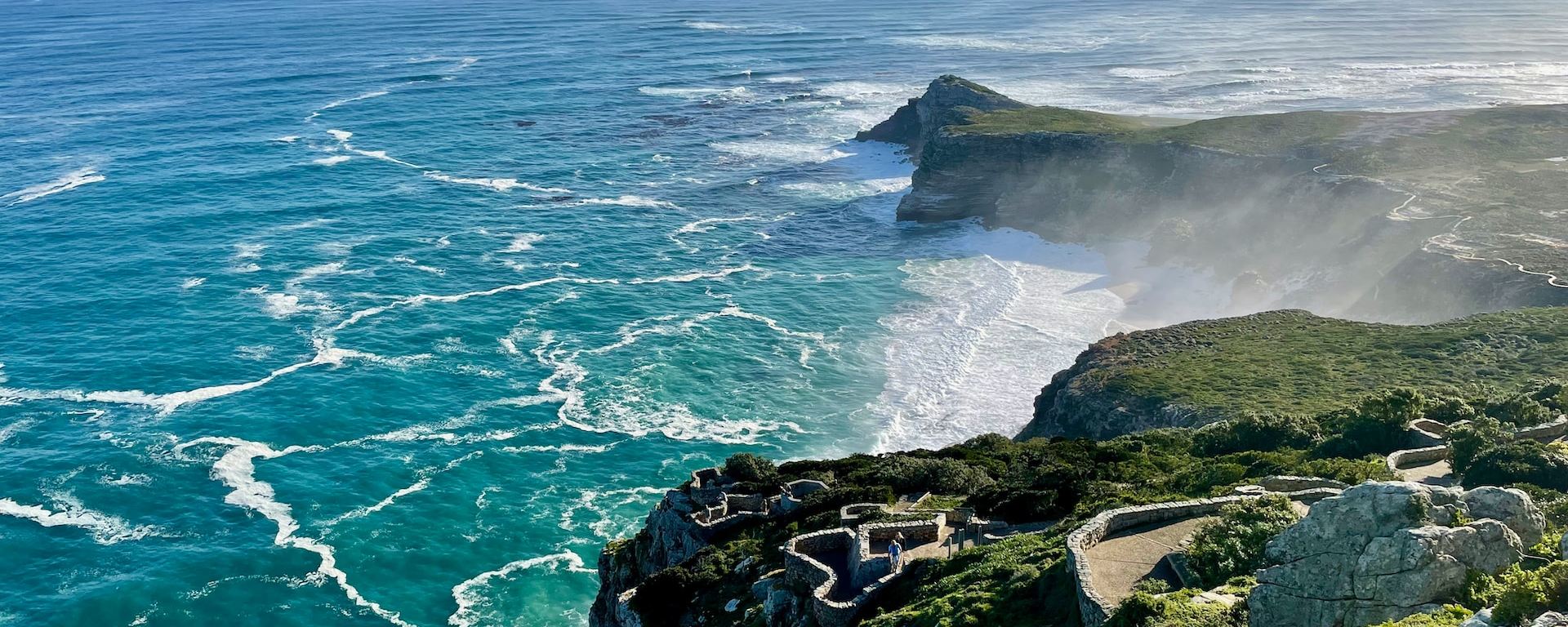At the most South-Western point of the African Continent where land ends and the ocean begins, the Cape of Good Hope has tons of legends, facts and beauty to its name. From being a historical sea route of terrible ocean torrents and famous shipwrecks to a place of myths and ghost ships, this Cape has tons of stories, both real and not to its name.
Many sailors, fishermen and natives of the area has recalled sighting ghost vessels and mermaids in the waters. And it’s not surprising due to the ocean’s behavior near the Cape. The Cape of Good Hope is where the Atlantic Ocean and Indian Ocean merge to create dangerous currents and waves that have been trecherous for ships.

The Cape was once a main trading route to East India and many parts of Asia, but due to two major ocean merging causing natural calamities, this place has become the reason for thousands of shipwrecks over the years. While the shipwrecks have stopped, their stories have not. Once such story is that of the Flying Dutchman, a ghost ship that is doomed to sail the waters for eternity.
That said, the Cape of Good Hope is great for travelers wanting a bit of nature, some short hikes, breathtaking views of the ocean and peaceful encounters with wildlife. You can even book yourself a day tour to take in all that this beautiful place has to offer.
The Cape is situated in Table Mountain National Park and is just a 1.5 hour drive from Cape Town. So buckle up and check out the reasons why this place should be on your list.
Cape of Storms
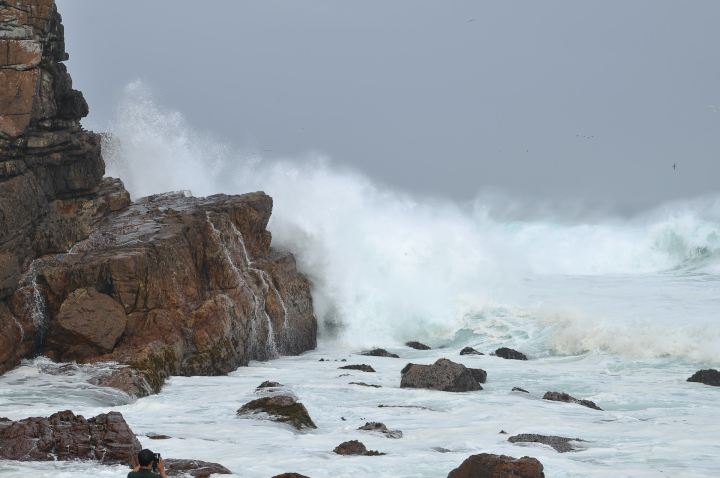
Before it was named as “Good Hope”, the Cape was actually known as the “Cape of Storms”. This was first coined by Portuguese explorer Bartolomeu Dias who was the first known European to discover the Cape in 1488. He called it so due to the rough tides and heavy storms that could tear a ship into pieces. And as if the waters didn’t provide a challenge enough, the Cape’s dangerous reefs and rocks jutting out of the water could tear a ship’s hull into bits.
But fearing that the name will bring about a negative reputation, John II, the then King of Portugal, renamed it to the “Cape of Good Hope” to encourage empires to trade with Asia.
Legend of the Flying Dutchman

A ghost ship that appears in storms and vanishes without a trace. A curse upon sailors where misfortune befalls those who sets their eyes upon it. Many know of the legend of the Flying Dutchman, a doomed ship of a cruel Captain that takes the souls of sailors at sea. But what most don’t know is that this legend originated from the frightening waters of the Cape of Good Hope.
Thanks to movies like Pirates of the Caribbean, the Flying Dutchman became popular in fiction, but the stories do have its roots in the real world. According to legend, Captain Van der Decken and his crew were trying to charter course across Table Bay to deliver a series of letters to people that were, unbeknownst to them, already dead and these letters were believed to have been cursed.
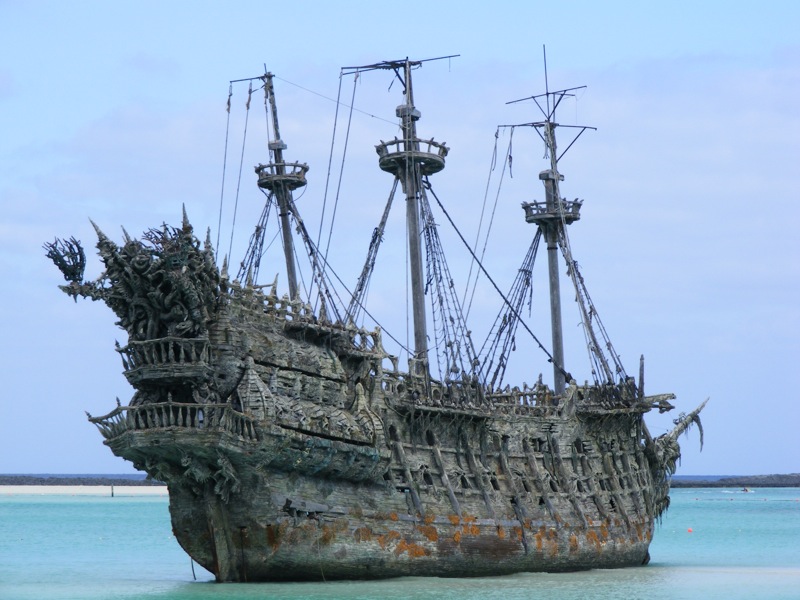
The waters of Table Bay (which was off the coast of the Cape) turned out to be an impossible task and Captain Van Der Decken walked out onto the deck and swore that he would eventually sail past the Cape even if he had to wait until Judgement Day.
This angered the heavens and the Flying Dutchman was doomed to sail the waters of the Cape as a ghost ship for all eternity. As revenge, the Captain of the Dutchman is said to haunt the sailors that spots the ship.
After this legend became known, people and even sailors have claimed to have seen the Flying Dutchman in all its ghostly green during heavy storms off the coast of the Cape of Good Hope. Sailors named it the Flying Dutchman as the ones who have seen it claim that the ship doesn’t seem to touch the water.
A Haven for Wildlife

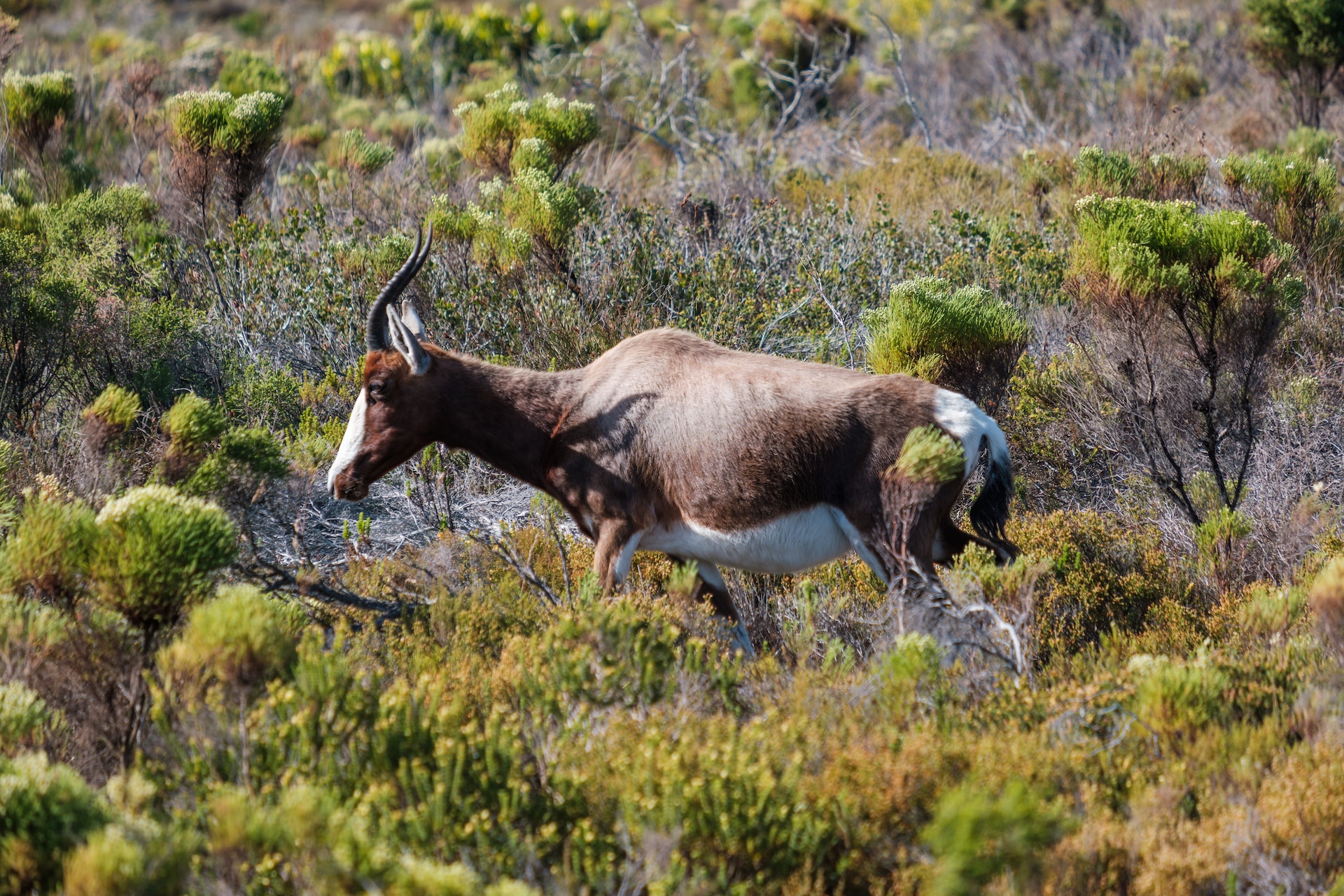

While the Cape of Good Hope does have plenty of it myths and legends surrounding it that’s unseen, what can be seen here that you can feast your eyes upon are the hundred different types of wildlife has made the Cape their home.
Lucky travelers can spot penguins, over 250 species of birds, zebras, deer, reptiles, antelopes and otters. While that’s on-land, from mid-August to mid-October, this place becomes an underrated spot for whale-watching. So grab a pair of quality binoculars and be on the lookout for those tail splashes and jets of water breaking from the surface.
The best way to see and experience the penguins is by taking a guided penguin tour to the Cape of Good Hope. This way, you’ll can watch them from the best places in their habitat.
UNESCO Stamped Floral Region
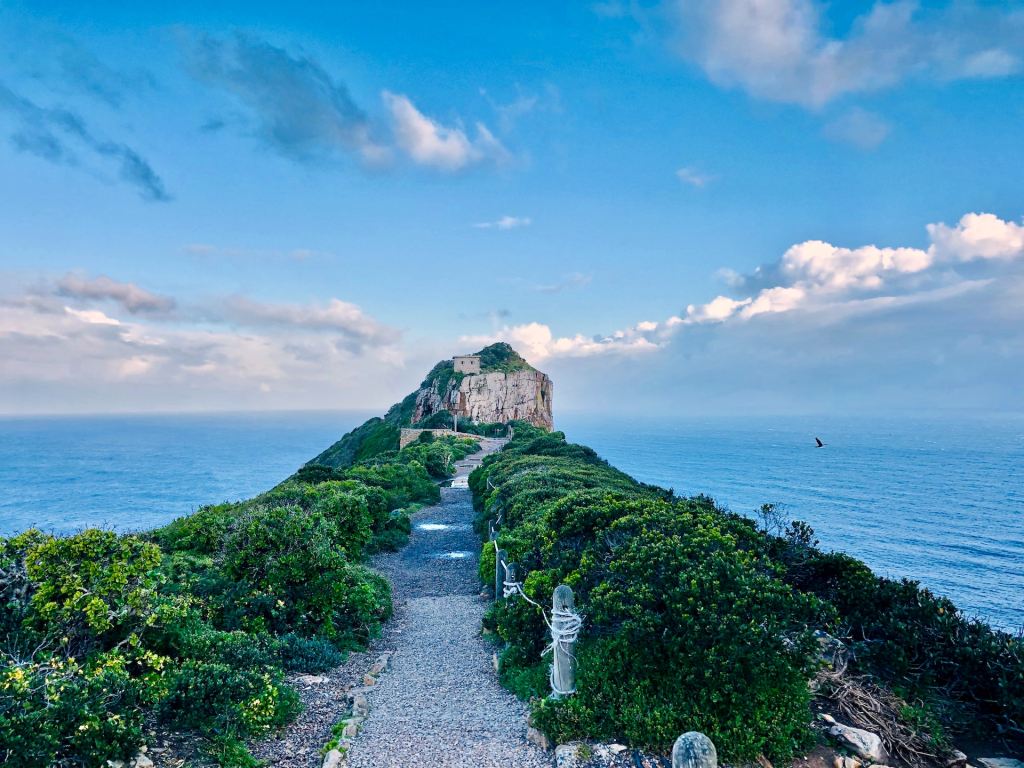
Other than a great deal of wildlife, the Cape of Good Hope is also a sanctuary for plant life. In fact, due to its biodiversity, UNESCO tagged the area as a “World Heritage Site” for its rich greens and called it “one of the world’s great centers of terrestrial biodiversity”. Nature lovers will be delighted to find over 1100 species of plants that are native to the Cape and can be found nowhere else on the planet. These includes bushes, tree pincushions and proteas among many others, giving the whole place an ever-green charm.
Visit The Light House
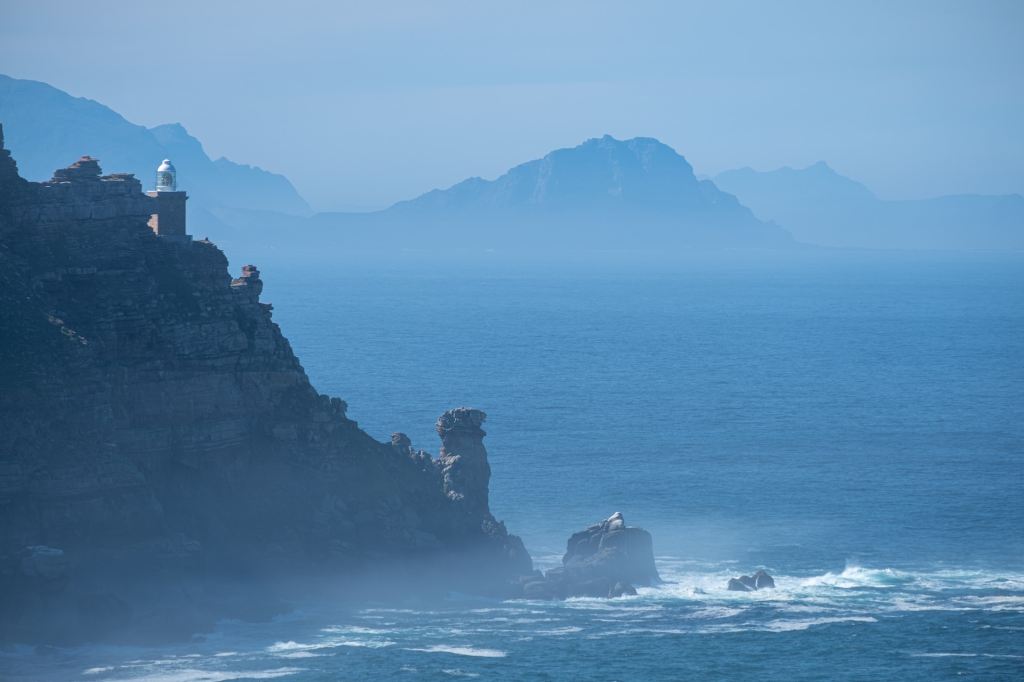
Like mentioned before in the article, the tumultuous storms and raging waters of the Cape were the cause of disaster for many seafarers, so much so that the Cape is known to have over 1000 shipwrecks off its coast nicknaming it “the graveyard of ships”.
Due to these recurring accidents and after a major tragedy of a British cargo ship named “Arniston” where only 6 out of 378 people survived after it crashed into the Cape’s steep reef, a lighthouse was erected by the Cape’s cliff in 1860. The lighthouse was meant to be a beacon of hope that would warn sailors of the dangers and help steer clear of the reef.
While this is a great place to visit not all tours ends with a stop at this historic place. So make sure you don’t miss out on seeing the vast ocean from this viewpoint by getting a guided tour to the Cape and the Lighthouse.
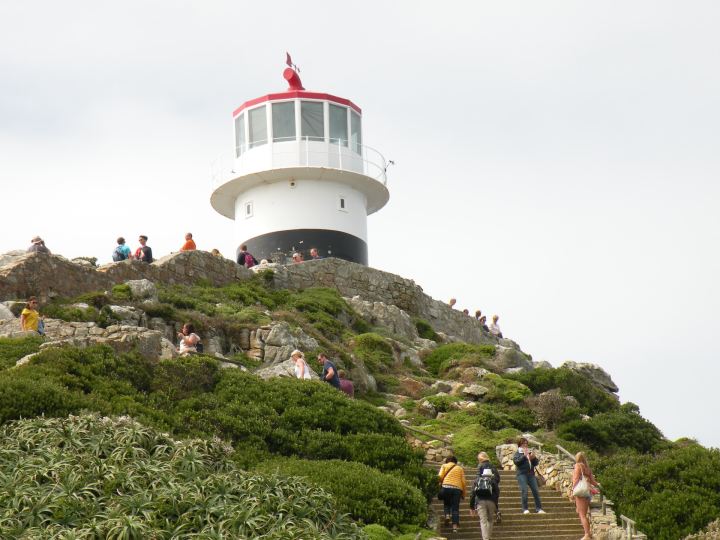
Today, visitors can take a short hike to the lighthouse or a quick ride up by hopping on the funicular called “The FLying Dutchman”. The light house is known for giving visitors breathtaking views of the oceans as well as a chance to see the sunset where the ball of fire sinks beyond the horizon. And maybe, you might see Davy John’s haunted Flying Dutchman coming up from the seas to chain a hundred souls to his ship.

